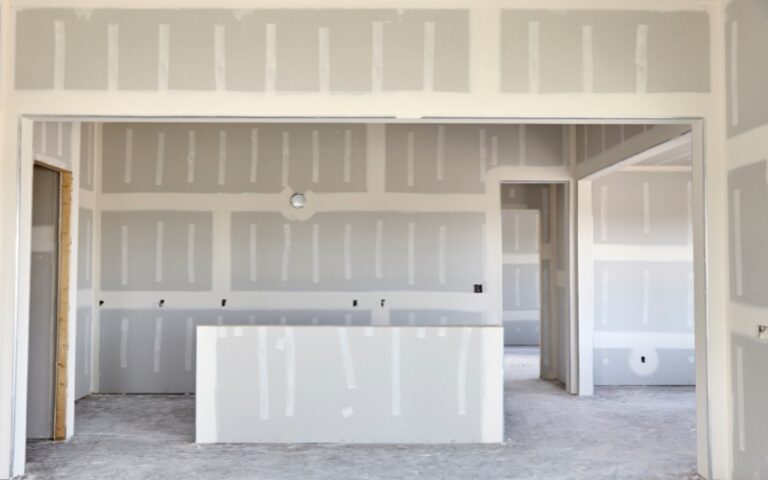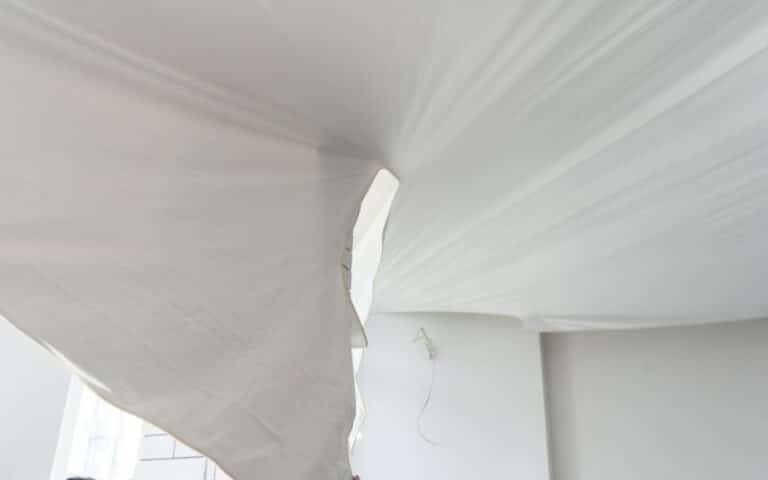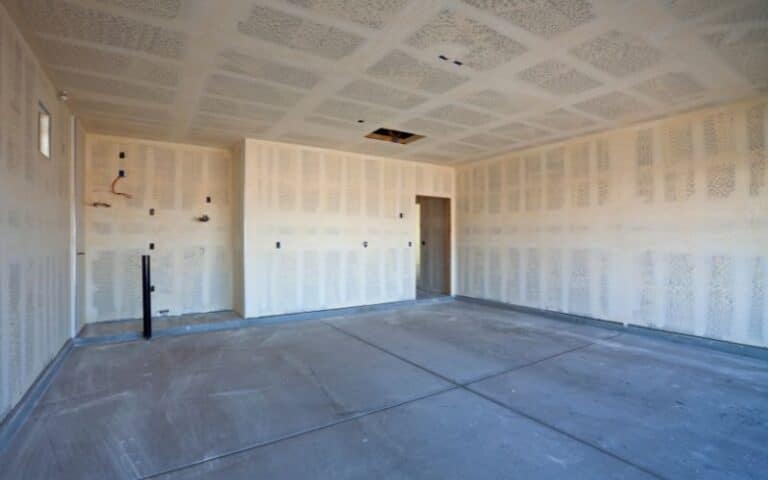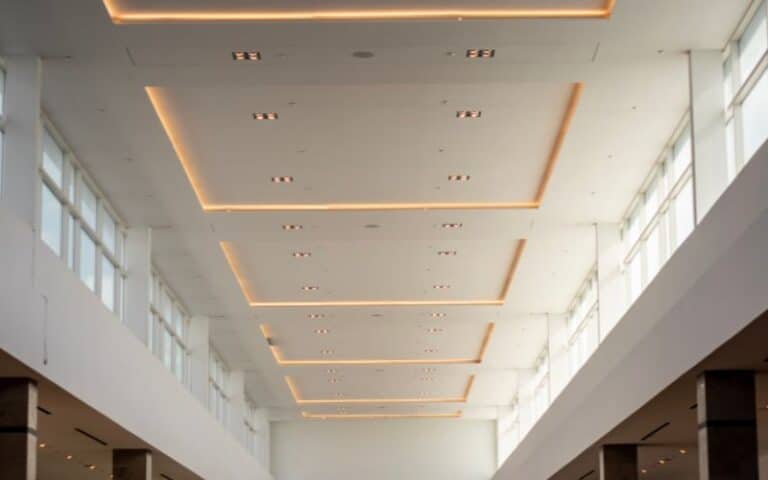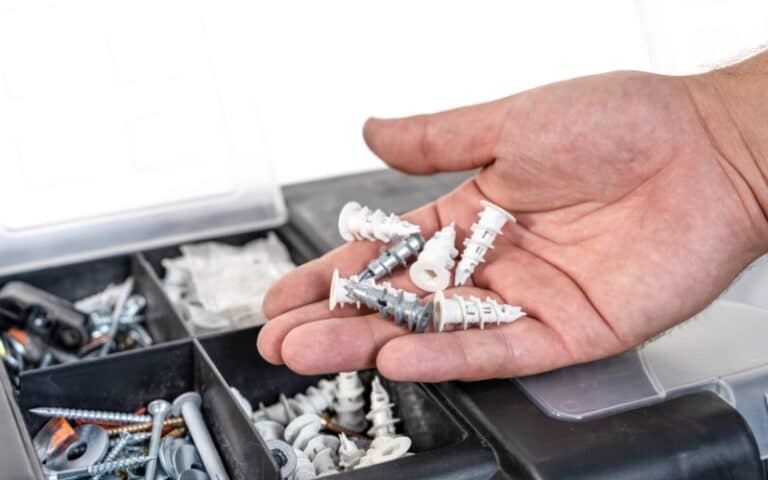Everyone who prioritizes quality in their homes and workspaces uses the best construction materials, and drywalls seem to be the people’s favorite.
It is easy to work with and more durable. But asides from quality, comfort is another vital factor every home should have, making insulation a must.
Since drywall is different from other building materials in strength and installation ease, does it also mean it could provide insulation?
While drywall is an excellent construction material, it isn’t a great insulator as it wasn’t manufactured with that purpose in mind. However, extra drywall thickness could help with warmth provision as it increases the R-value(thermal resistance). But to ascertain a significant heat change, it’s best to include insulation alongside your drywall attachment.
If you’re considering drywall insulation, you’ll find helpful information here on how this works, which insulating material to choose, and how to know an insulate drywall.
Also, you’ll discover if drywall is the best insulating material or if you should go for other alternatives.
Ready for a Drywall Quiz?
Does Drywall Have Any Insulating Value?
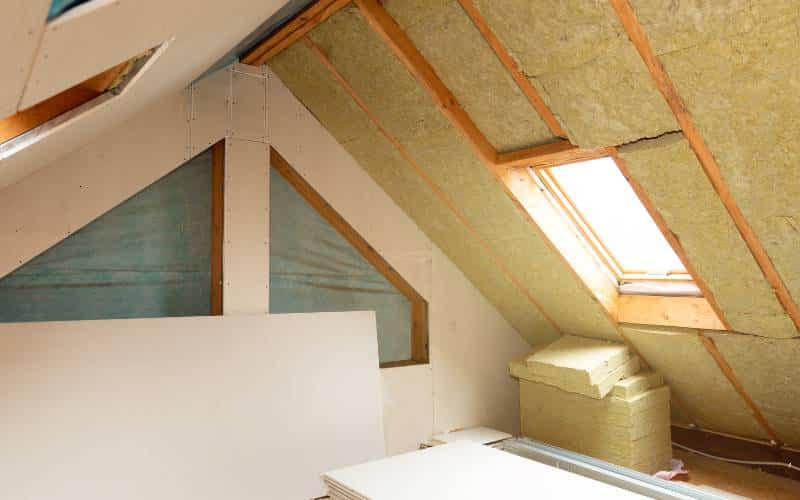
Drywall has minimal insulating value among all building materials.
However, this insulating value depends on its thickness, as thermal resistance is equivalent to the insulating material’s thickness.
Hence, it’s vital to compare all drywall panel sizes to discern which has minimal value.
The table below highlights the R-value of different drywall thickness panels and how it works.
| Drywall Thickness | R-value |
|---|---|
| ⅝’’ drywall | r-0.63 |
| ½’’ drywall | r-0.5 |
| ⅜’’ drywall | r-0.47 |
| ¼’’ drywall | Less than r-0.47 |
R-value refers to resistance value and measures an object’s capacity to withstand heat and the movement of heat and coldness, also called thermal resistance.
This resistance value is vital in building materials. And knowing about it is crucial as it’ll help you to discern how well your drywall insulates.
Increased material thickness equals resistance value. However, you should confirm the insulation type you need for your home, depending on your climate, to ensure it works effectively.
Additionally, know that a drywall’s ability to insulate a home depends on where it’s installed.
How Do You Insulate a Room With Drywall?
While drywalls provide some warmth level and resistance value, adding extra insulation is always better.
However, suppose you already have drywalls installed; you may find it challenging to insulate such a room, but it’s not at all.
Especially when you have good ways of providing insulation to closed walls.
Below we’ve listed some top ways of insulating rooms with drywalls and their pros and cons to help you make an informed decision.
#1. Injection/Spray Foam
Using spray foam in drywalls is better than other methods like fiberglass or loose-fill because it’s resistant to mold and mildew.
Also, it’s excellent at expansion, even reaching difficult areas like protruding screws, wires, etc.
It’s a good choice if you need something neat that won’t damage your wall, and it’s best you use a professional for the job.
And lastly, it provides a higher R-value depending on drywall thickness and is best used for drywall exteriors. Here is a table showing its advantages and disadvantages.
| Advantages | Disadvantages |
|---|---|
| It has a high resistance value of 6.9 per inch. | It’s not a DIY installation and can be challenging for a non-professional. |
| It’s a fine choice for crawlspaces, basements, etc., as it seals air well. | This insulation method and material cost more than others. |
| It is water-resistant. | Installation requires human absence for at least 12 hours for health/safety reasons. |
#2. Loose-fill Cellulose
Cellulose insulation uses small paper pieces treated with minerals that make them flame-retardant and mildew resistant.
It is another good way of insulating a room with drywall without removing it. To proceed, you drill holes near the ceiling directly on the studs and connect a nozzle.
Afterward, insulation enters, filling up the opening. Then you can patch the wall and repaint the area to make it look like nothing happened.
If you’re considering this method, here are its pros and cons.
| Pros | Cons |
|---|---|
| It’s made from recycled material, making it eco-friendly. | Moisture absorbent. |
| It has a good fire rating and works well to manage fire from spreading. | It is vulnerable to sag when it gets extremely wet. |
| Inexpensive insulation method | It has a messy installation process. |
#3. Fiberglass Batts
Fiberglass is one of the most popular insulation materials, with a higher percentage of glass. It works excellently in trapping air and reducing the transfer rate of heat.
Also, these fiberglass batts come in different thickness types. And this plays a part in influencing how effective the insulation will be. Its pros and cons are below in a tabular form.
| Pros | Cons |
|---|---|
| Fiberglass is energy efficient and is good with noise reduction. | It doesn’t work well in sealing ceilings as other insulators. |
| It has a vapor barrier. | Fiberglass can pose health risks. |
| It is a fire retardant. | Fiberglass isn’t effective in areas with high humidity and may become vulnerable to mold. |
How Can You Tell If Drywall Is Insulated?
If you recently moved into a home and need to know if it’s insulated, there are ways to tell.
And the most straightforward method that involves no hassle or mess is asking previous homeowners/realtors and using a borescope inspection from a registered installer.
Other than these, below are some ways to tell.
#1. Confirm Through the Electrical Outlet
You don’t need to drill any more holes in your drywall as your electrical box is big enough. So, remove the outlet by unscrewing it and look inside to see if it has any insulation.
#2. Check Behind the Baseboards
Most drywall contractors leave a gap between the drywall and the floor and cover it with a baseboard.
To confirm insulation in your drywalls, smoothly tear out the baseboard with a prybar and check the drywall’s bottom for any insulators. Afterward, replace the baseboard neatly.
#3. Drill a Hole
You can drill an inconspicuous hole in your closet or cabinet that won’t be vulnerable to plain sight.
Afterward, check the hole for cellulose, spray foam, or insulating material. You can choose to repair the hole or not since it’s unlikely for anyone to see it.
Does Drywall Insulate Better Than Plywood?
Although drywall has some insulating value, plywood is better at providing warmth and has a higher resistance value.
It offers 37% more insulation compared to drywall. Also, while ½’’ drywall thickness equals 0.45 R-value, a ½’’ plywood thickness has a 0.62 R-value.
But aside from being a better insulator than drywall, plywood’s insulating value is almost negligible.
Hence, you must use rigid foam to enhance its insulating property. Below are three significant advantages of using rigid foam insulation for your plywood.
#1. Higher Insulation/R-value
Rigid foams have resistance values ranging between 3.6 to 8.0, higher than many other insulating materials.
It also guarantees use in any climate without complications. Additionally, since this insulator works best when applied on the outside, it does a fine job of curbing heat loss/thermal bridging.
#2. Manages Moisture Effectively
Rigid foams help to control moisture in two ways. Firstly, they shield the plywood from rain/water that may leak.
Lastly, they warm the interior covering to avoid moisture penetration during cold seasons. This way, you don’t have to worry about mold/mildew and fast deterioration.
#3. Prevents Air Leaks
Air leaks can cause inefficiency in insulation and harm buildings as they contain water vapor which can accumulate.
When it does, it can cause mold, but a rigid foam insulator is a great air barrier.
Is Drywall a Better Insulator Than Paneling?
Paneling offers more insulating value than drywall, helping to keep warm air during hard times and cool air in hot seasons.
It helps regulate warmth and is an excellent insulant due to its wood properties. Besides, everyone recognized wood to be a natural insulant.
However, wood is also vulnerable to moisture and shrinking, so it’s best to improve its insulation before use.
And among the many insulating materials, fiberglass batts and rigid foam boards will do a great job.
Fiberglass batts are the easiest to use, although not the best. But they have a high R-value rating and are best to use alongside 2×4 studs.
You can also increase to 2×6 studs if you desire extra insulation but remember it will take up more space.
Lastly, rigid foam insulation boards offer even higher insulation properties.
For fire precaution, it’s mandatory to layer the board with a ½’’ drywall as it has excellent fire-resistant properties. Ensure to do this before covering it with wood panels.
Other insulating materials are:
- Mineral Wool
- Cellulose
- Polyisocyanurate Insulation Materials
- Polystyrene Insulation Materials
- Polyurethane Insulation Materials
- Perlite Insulation Materials
- Phenolic Foam Insulation Material
- Cementitious Foam Insulation Materials

